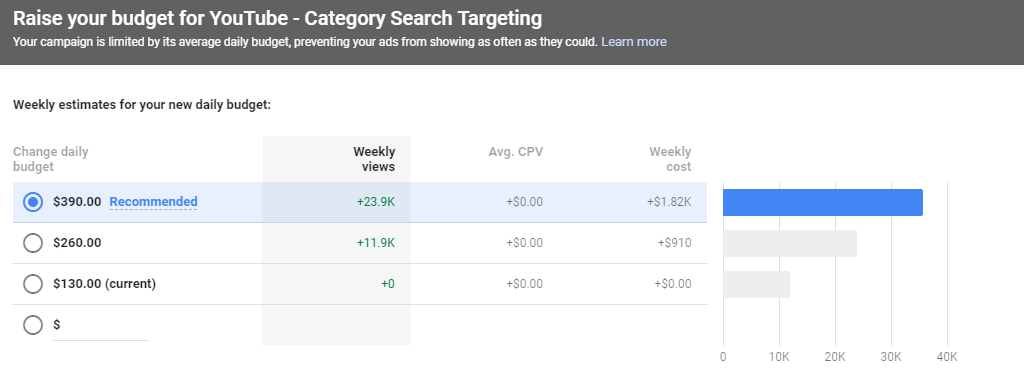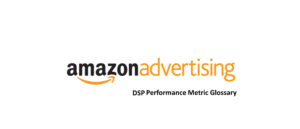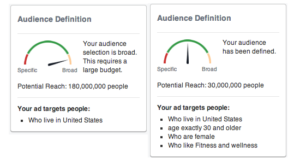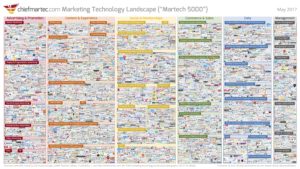
If you’ve been in Facebook, Google, Amazon Sponsored Ads, or most other self-service media platforms in the last few years, you’ve undoubtedly come across some sort of audience size estimation tool for your target market.
Let’s check out a few to refresh your memory:
Facebook:

YouTube:

Google Display Network:

Google Search (Bid Simulator):

You get the idea. And if you’re like the majority of companies I’ve ever worked with, you don’t have the budget to max out each of these channels. In fact, you probably don’t have the budget to max out ONE of these channels.
The myth of “casting a wide net”
Media companies love this phrase. You knowingly spend (a lot of) your money targeting audiences that may not be a fit. Your reward? You flush your media budget down the drain so you can know that some audiences aren’t a fit for your product. Weren’t you relatively certain already? The media platform takes home more revenue and uses the data from your tests for their benefit. Good deal, and a prime example of capitalizing off your fear of missing out.
Let’s do some quick math on what a broad targeting strategy might cost you. In the Facebook example, the center option (defined audience) comes in at 2.2 million people.
Let’s assume we conservatively need the following to get a good read:
- To run a 4-week test
- To reach 50% of this audience
- To show an ad to that group 3 times per week
- Estimate a $15 CPM from Facebook (mid-range cost from an audience-targeted campaign I ran last year)
With those factors, here’s the math:
4 weeks x 3 ads per week x 1.1MM people = 13.2MM impressions
(13.2MM impressions ÷ 1000) * $15 CPM = $198,000
$198,000 invested to figure out if these audiences resonate with your product!
Rid yourself of the thought that you need to cast a wide net.
I usually recommend the opposite strategy for startups or small businesses. Build the audience that best fits the product you’re offering. For example, imagine I’m building a campaign for a women’s shoe store. My Google Analytics data shows that my buyers index highest for women (duh) in Seattle who are tech enthusiasts and online shoppers.
Let’s say I build that audience and Facebook tells me it’s too specific. Big deal! Anyone who sees my ads will be exponentially more qualified for the products I’m offering.
There are three potential outcomes that could happen with this test:
- The campaign drives an insanely strong conversion rate, allowing me to reinvest in media with the profits.
- The campaign doesn’t drive any sales, but spends. I’ve now just called into question the buyer profile and didn’t waste much money at all learning this fact. I learned something. Add it to the playbook and cross it off the list.
- The campaign doesn’t spend much at all, which is what Facebook warned me about. Now I just remove one targeting layer at a time until it does spend, all while not losing money AND not learning anything.
Tired of excessive media testing with nothing to show for it? Let’s talk: hello@flywheeldemand.com.
- « Previous
- 1
- 2
- 3
- Next »










